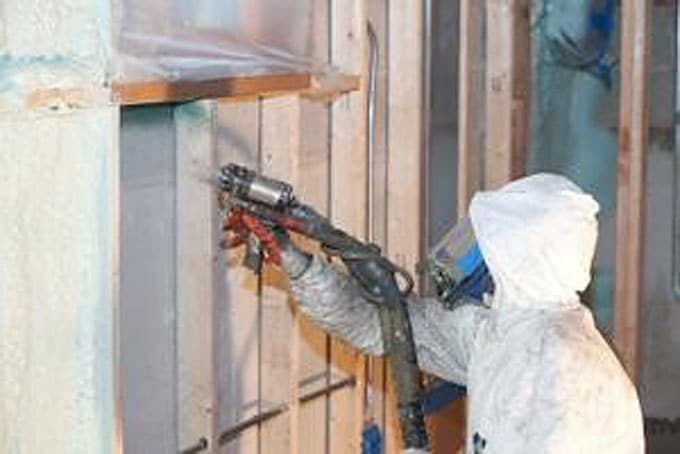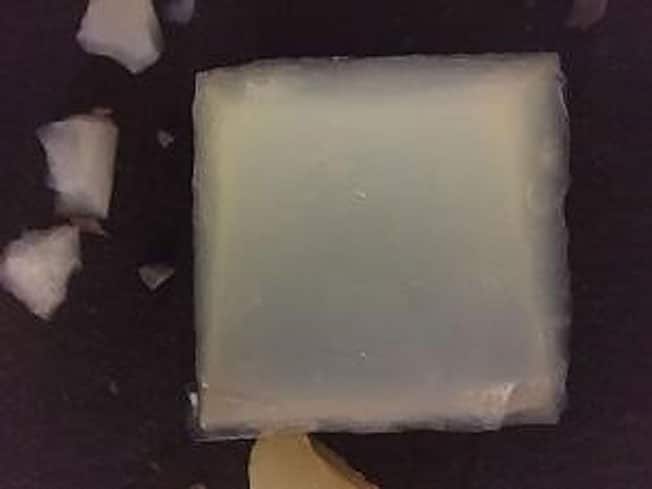words Al Woods
If you’re thinking about remodeling or building a new home in the future, you’ll need to choose floor coverings, paint and light fixtures.
Of course, these components are available in many different options with a number of them now providing eco-friendly benefits. However, you may not realize it, but another component of a home has eco-friendly options as well. When you decide to pick out your insulation, you aren’t just stuck with fiberglass anymore.
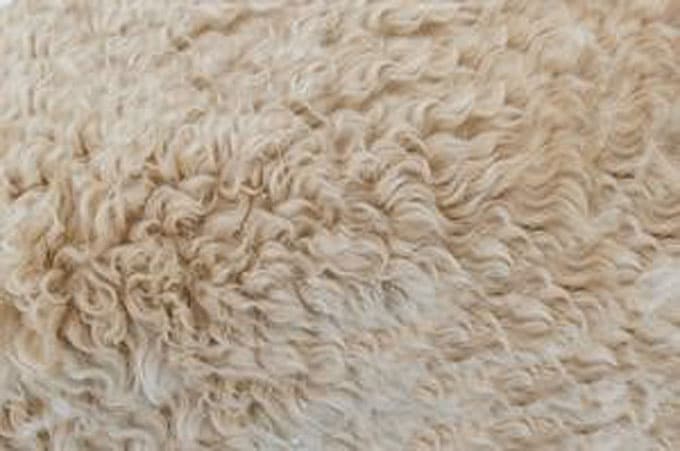 Wool Insulation
Wool Insulation
Sheep can survive in harsh conditions due to their wool coat. It works extremely well as an insulator. Wool is also naturally designed to breathe. It releases and absorbs moisture that’s in the air, which gives it the ability to stay dryer and warmer in the winter and cooler during the summer months. This means you shouldn’t have to adjust your thermostat as much during hot and cold times of the year. This is going to help save both energy and money. Wool has an R-value that ranges between R-4 and R-3 per inch of thickness, and as a bonus, it even has the ability to absorb toxins from the surrounding air.
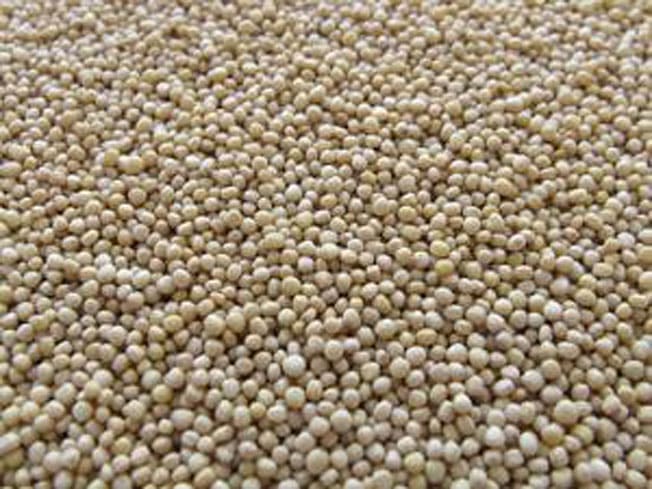 Soy-Based Foam Insulation
Soy-Based Foam Insulation
Currently, this type of insulation only has a small market share. However, that may soon change as soy-based foams are starting to become more popular due to several advantages. These include the following:
– Their composition is completely renewable
– They have a resistance to degradation over the long term
– Their Class 1 fire ratings
– They don’t release chemical gases into the air
By using soy-based foams in building construction, it may even earn a building a (Leadership in Energy and Environmental Design) LEED certification. By attaining this certification, it shows that the practices used to build an industrial shed or another type of building are environmentally responsible.
 Recycled Cotton/Denim Insulation
Recycled Cotton/Denim Insulation
Who would’ve thought that an old pair of blue jeans could be turned into building insulation? The cotton that makes up denim is environmentally friendly and doesn’t contain any harmful components. In addition, the manufacturing process for creating cotton insulation is close to waste-free. If you have a need for higher acoustic ratings in the interior walls of a home theater or bedroom, you may want to think about using this material. It provides some of the highest acoustic ratings when compared to other options. The R-value of this type of insulation ranges between R-3.7 to R-3.2 per inch of thickness, and like fiberglass insulation, it can be conveniently rolled into batts.
Made from castor oil, Icynene is installed by spraying it into areas that need to be insulated. The foam mixture will expand when it’s sprayed into a ceiling or wall. It forms by trapping tiny bubbles of air during the installation process. When the foam finally cures, it becomes one of the strongest insulation alternatives that can be put in your home. With an R-value that is equal to R-3.6 per inch of thickness, it can drastically reduce the cost of energy that’ s required to keep your home warm.
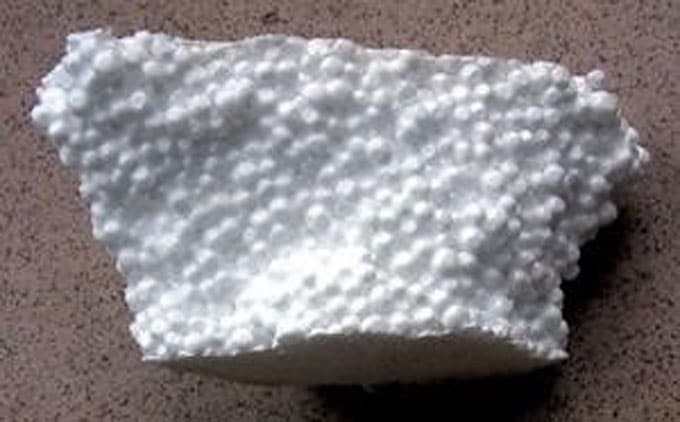 Polystyrene
Polystyrene
While the name of this insulation doesn’t sound like it belongs in the category of being eco-friendly, it does such a great job of providing energy savings that it’s considered to be a green product. Made from plastic, polystyrene has R-values that range between R-4.4 to R-3.8. It’s available as both spray foam and rigid foam boards. The latter is a good choice if you need to add structural integrity to the inside of your walls.
Aerogel
Aerogel is a man-made material that was created by Samuel Stevens Kistler in 1931. Surprisingly, it’s composition is 90 percent air. One of the qualities of aerogel that makes it a great insulator is its ability to not allow heat to pass through it. It’s made by taking silica and using high temperature and pressure to remove liquid. The leftover material is extremely light and has an R-value that is R-10.3 per inch of thickness.
A Number Of Options
As you can see, there are several great options that can be used to insulate your home. Many of them provide excellent R-values and are better for the environment than fiberglass.


